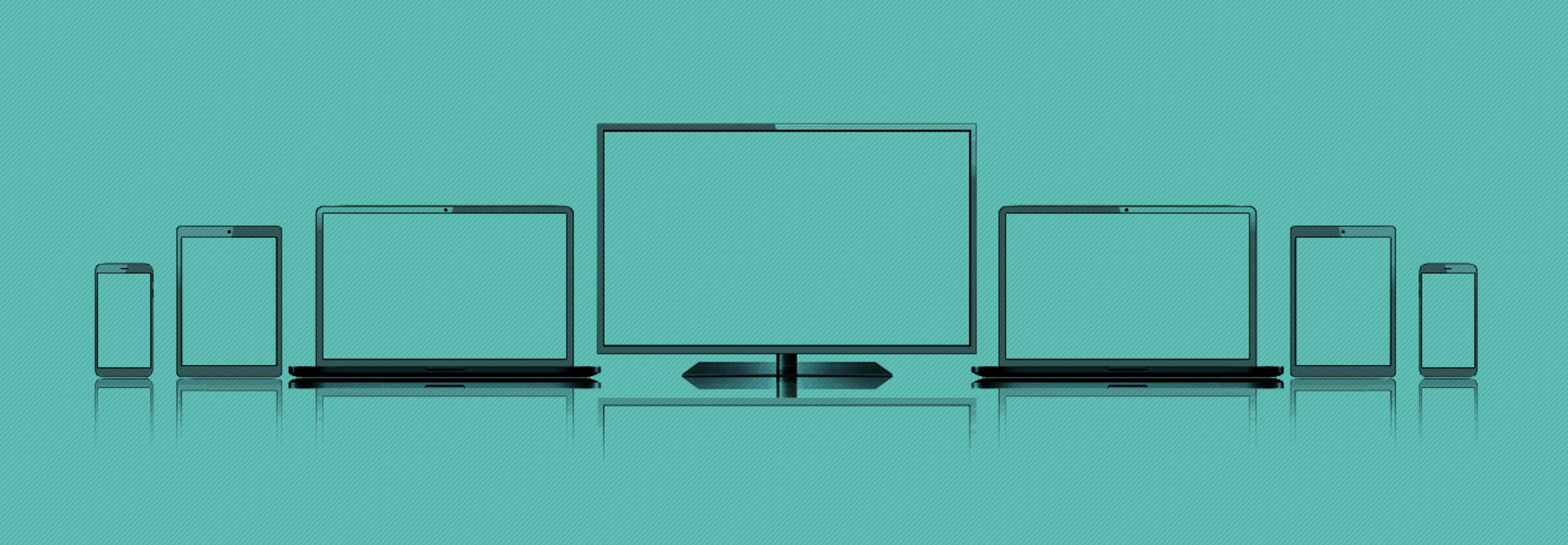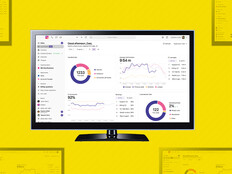Improving communication enables Fast Pace Urgent Care to deliver better care to patients, says Wesley Shepherd, the company’s Vice President of IT. Photography by William DeShazer
He also set up a centralized call center at the organization’s Waynesboro headquarters to accommodate front-desk and patient scheduling needs, billing, medical records, behavioral health scheduling and an employee IT help desk.
In addition, Fast Pace’s IT team deployed Cisco Jabber, collaboration software that includes the ability to instant message and conduct voice and video calls.
Such capacity allowed Fast Pace to add and simplify another valuable line of care: a virtual behavioral health practice for remote therapy. Therapists use a Lenovo notebook at the Waynesboro headquarters or their home offices, while patients connect with Apple iPad devices at the clinic.
“Maybe a patient is in a crisis and needs immediate assistance,” Shepherd says. “The nurse practitioner can instant message the behavioral health team and then tell the patient, ‘If you hold on for 15 minutes, one of our licensed clinical social workers or behavioral health therapists can talk to you.’”
Sanford Health Delivers a Seamless Experience for Patients
Sanford Health, based in Sioux Falls, S.D., is also adopting collaboration solutions from Cisco to improve customer service by allowing patients to seamlessly transition between different platforms.
A person may start with instant messaging on the provider’s website or texting with a nurse or the billing department via mobile phone. If a query grows more complex, the patient can escalate that conversation to a phone or video call without losing their connection or restating personal information.
“We envision a unified experience for our patients and employees that will make it consistent, convenient and easy to navigate so they can contact people within Sanford when, where and how they want,” says Brad Reimer, senior executive director of technology services.
More advancements are ahead. Sanford Health has launched a three-year project to consolidate dozens of Voice over IP systems and independent collaboration tools with an enterprise-wide Cisco implementation.
PRODUCT REVIEW: Polycom RealPresence Trio 8800 brings stellar sound to conference calls.
Northwell Health Prepares for Crisis Situations
Northwell Health, New York state’s largest healthcare provider, is deploying the cloud-based Microsoft Teams collaboration software throughout its 23 hospitals.
Teams, which integrates with SharePoint and other tools in Microsoft’s Office 365 suite, allows different groups at Northwell to create websites where they can access software and information they need, as well as share and edit documents. It can also serve as a social platform for secure messaging and web conferences.
“Healthcare is a very collaboration-centric profession, and healthcare delivery is a team sport nowadays, involving a lot of people, so the ability for clinicians to easily communicate is a big advantage,” says John Bosco, senior vice president and CIO of Northwell Health.
That’s especially important in a crisis. Northwell’s emergency management staff has built a Teams website for managing major events such as snowstorms. Users can reach local emergency operations centers, check the weather forecast and view webcams for traffic and road conditions, while monitoring the hospital systems’ census and emergency room volumes in real time.
“During an emergency event, it’s essential to see what’s going on at our 23 hospitals and our ambulatory facilities,” Bosco says. “It helps us manage activities and lend assistance if a hospital needs it.”












